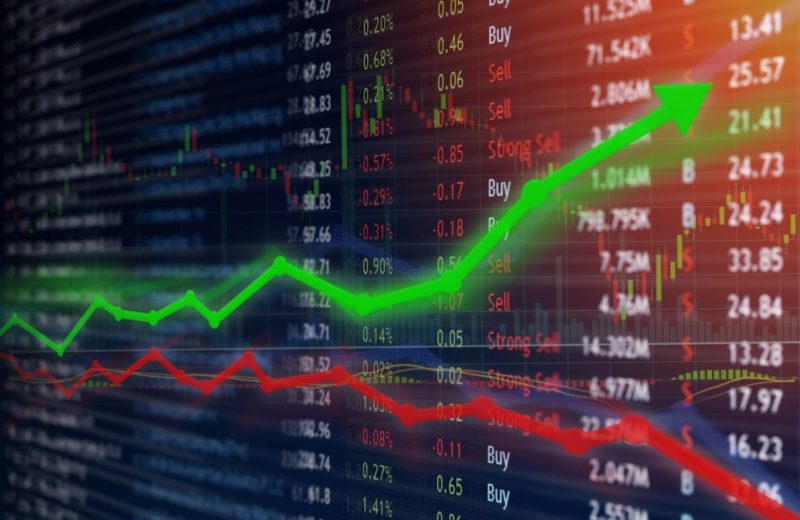In a week bustling with economic events, U.S. stocks experienced considerable volatility, responding to key data points and corporate developments. Let’s explore the significant movements and trends that shaped the recent market landscape, with a focus on the most volatile stocks.
Most Volatile Stocks: Inflation Data Triggers Fluctuations
The week started with investors eagerly awaiting the U.S. Consumer Price Index (CPI) for December. Released on Thursday, the inflation data exceeded expectations and sparked market fluctuations. Initially, the stocks faced losses, with the S&P 500 dipping by as much as 0.8% during the session. However, a notable recovery followed, with major indices closing mostly flat.
Analysts link the market’s sensitivity to inflation figures as traders assess their potential impact on stock finance and the Federal Reserve’s interest rate decisions. The CPI report showed a 0.3% month-over-month increase and a 3.4% year-over-year rise. Core inflation, which excludes volatile categories, climbed by 3.9% over the past year.
Hertz Adapts Strategy: EV Fleet Reduction
This week, Hertz (HTZ) announced its plan to sell about 20,000 electric vehicles (EVs), roughly one-third of its EV fleet. The move, aimed at generating funds for a potential stock market flotation, responds to customer demand. Hertz attributed the strategy shift to maintenance costs and high expenses linked to EVs, particularly collision and damage-related costs.
Investors watched Hertz’s decision closely, considering its earlier commitment to electrifying its rental car fleet, which included substantial orders from Tesla and Polestar. The company also detailed plans to enhance the profitability of its remaining EV fleet.
Stock Finance Mixed: Labor Market and Interest Rates
The U.S. Labor Department reported on Thursday that consumer prices in December rose more than expected, driven by increased costs for shelter and healthcare. Concurrently, new unemployment benefit claims unexpectedly dropped to 202,000, indicating a robust labor market.
These mixed indicators added to the market’s uncertainty about the Federal Reserve’s interest rate strategy. Federal Reserve officials, including Cleveland Fed President Loretta Mester and Richmond Fed President Tom Barkin, stressed the need for more data before adjusting rates. Their comments contributed to the day’s volatile trading.
Tech Dynamics: Microsoft Temporarily Tops Apple
In a significant shift, Microsoft (MSFT) briefly surpassed Apple (AAPL) as the world’s most valuable publicly traded company during Thursday’s session. Microsoft’s market capitalization reached over $2.8 trillion, aided by Apple’s recent share price drop amid concerns of decreased demand.
This temporary change in leadership among the tech giants highlighted the ongoing competition and fluctuations in the technology sector. The development was keenly observed by investors and industry analysts, reflecting broader market sentiments.
Cryptocurrency Stocks React to Regulatory Milestone
The recent U.S. securities regulator’s approval of the first U.S.-listed exchange-traded funds (ETF) tracking spot bitcoin marked a significant development in the cryptocurrency market. This led to an initial boost in cryptocurrency-related stocks, such as Coinbase and Riot Platforms. However, the enthusiasm diminished, resulting in a sell-off in these stocks.
This event underscored the influence of regulatory decisions on the cryptocurrency sector and the market’s sensitivity to developments in this evolving area.
Navigating Uncertainty in 2024
As the market navigates through a landscape of economic indicators, corporate moves, and regulatory shifts, investors face a climate of heightened uncertainty. The interplay between inflation, Hertz’s EV strategy shift, mixed labour market signals, tech sector rivalry, and reactions to cryptocurrency regulations shaped a week of dynamic market activity. Market dynamics, corporate strategies, and regulatory decisions will continue to influence market sentiment, especially impacting the stocks and driving the fluctuation of the most volatile stocks. Analysts expect these factors to play a key role in determining the trajectory of volatile stocks in the upcoming weeks and months.















